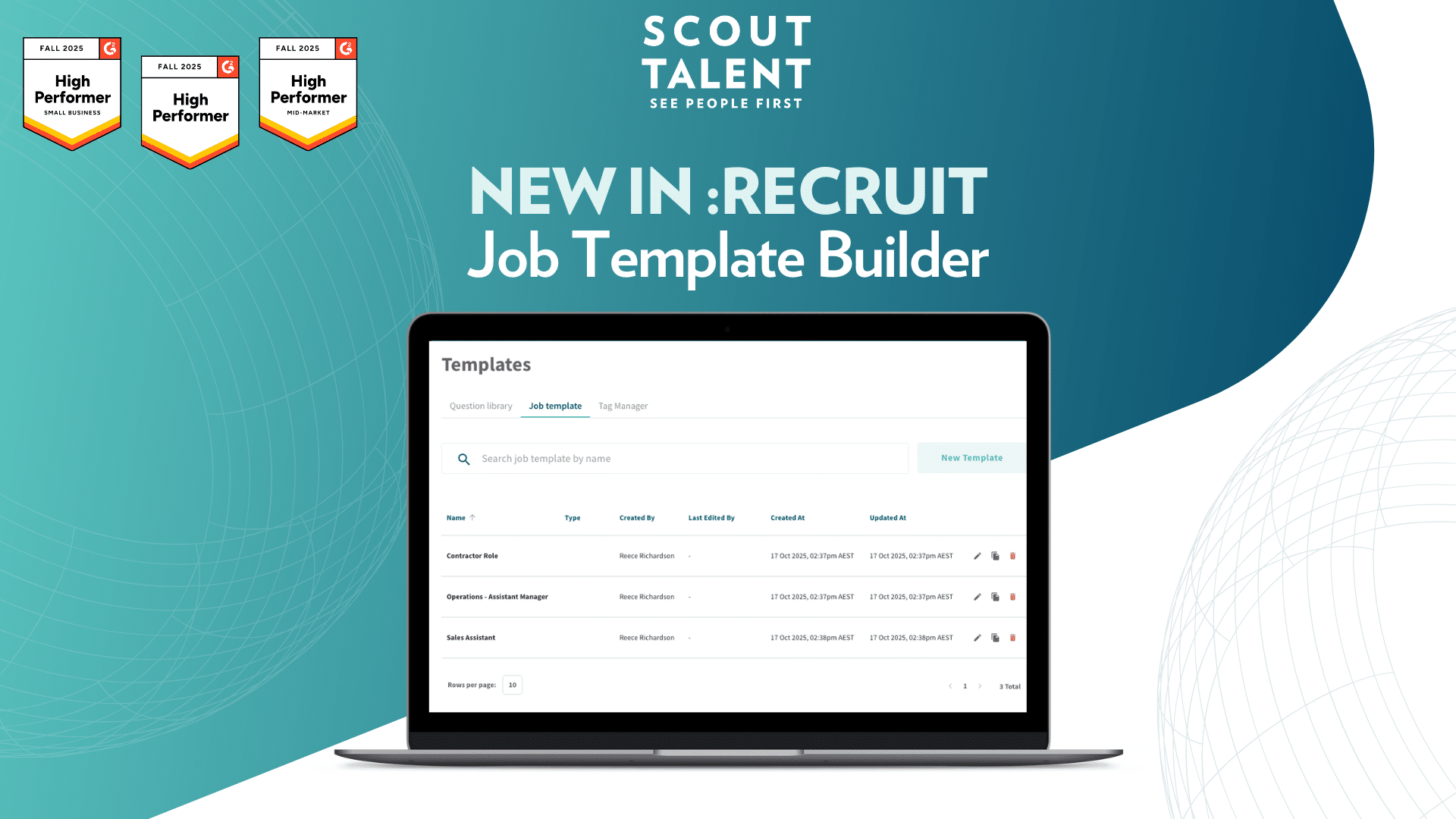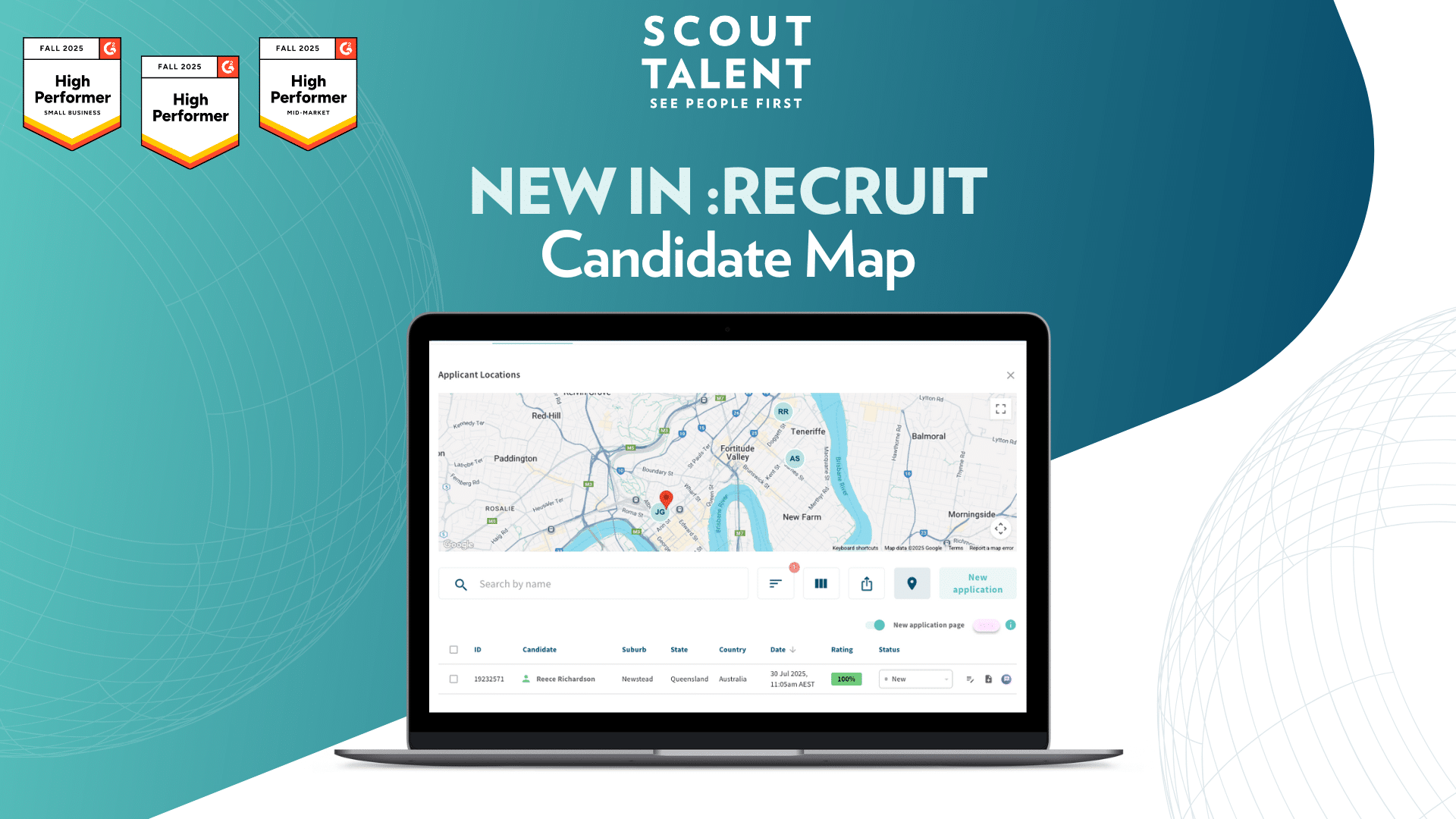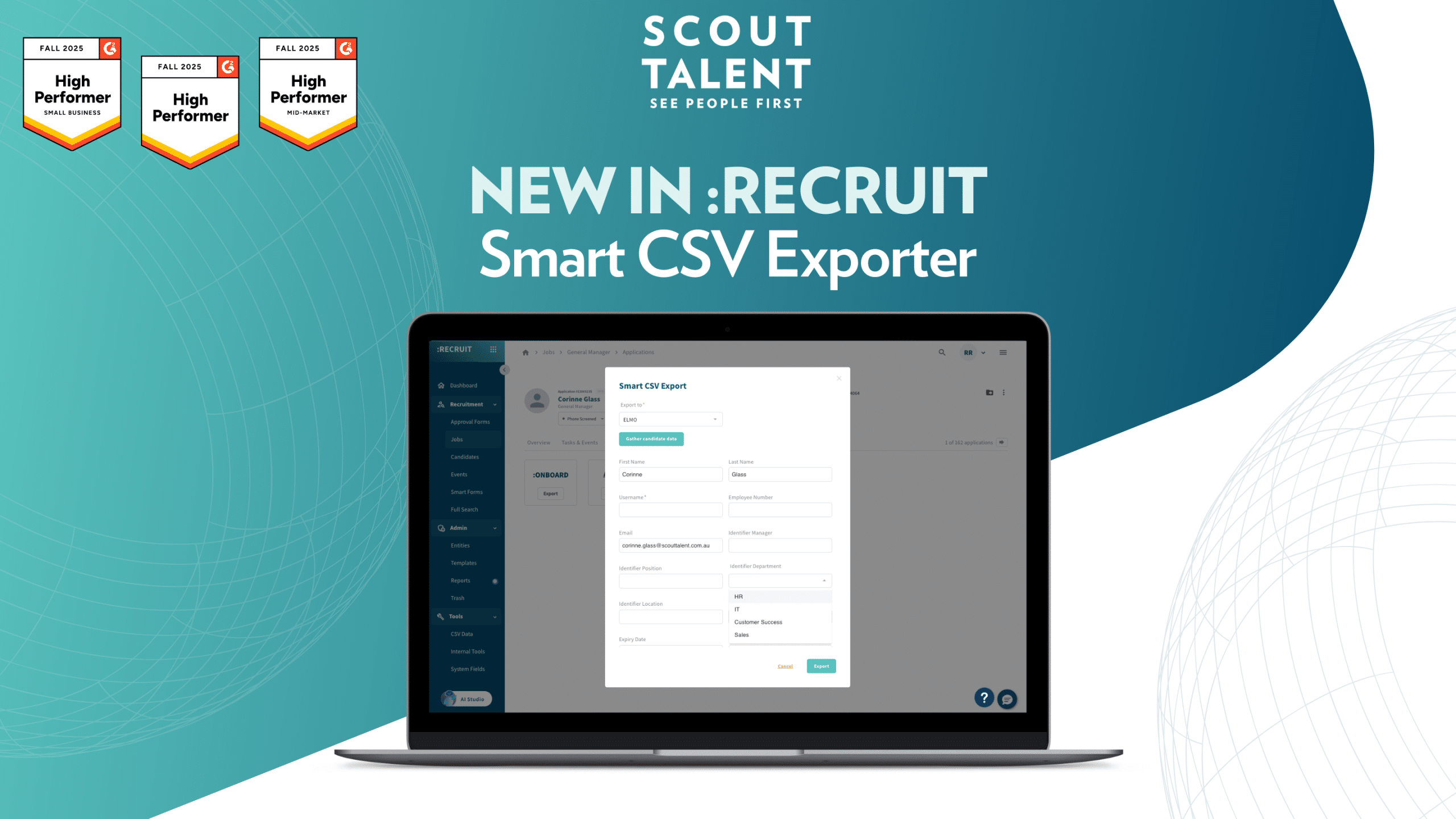This article was created by Andrea Davey, CEO of Scout Talent and member of Forbes Technology Council, and published here.
Got ghosted by a candidate who might have been the one? How to avoid future rejection.
Let’s face it. If we get ghosted in the romance stakes, then they just weren’t that into us. I’ve been with my lovely partner for 15 years, but I haven’t forgotten those long-ago days, and like many of us, I got ghosted on the dating scene once or twice. It’s not that different with candidates.
If a candidate you think could be “the one” ghosts you during the recruitment process today, two things are true for sure. First, they probably just weren’t that into you. Second, in today’s tight talent market, it hurts a heck of a lot more than it did back when we were young and love was just for fun.
Luckily, the first of those two true things is controllable, whereas the pain of rejection is something I can’t help you with. Sorry. But the good news is that there are heaps of things you can do to avoid candidate ghosting by helping the candidates of your dreams be “all that into you.” In fact, here are five focus areas that will go a long way. Best of all, I’m not even going to tell you that you should wait three days before you text them.
• Your employer brand is their first impression.
Employer branding—it’s here to stay. Employer branding has evolved in the last decade to be an absolute expectation in the hearts and minds of top talent. The best candidates expect your organization to have a brand message and employee value proposition (EVP), and they expect to see this clearly articulated on the careers page of your website.
A strong employer brand is your first chance to get top talent “really into you.” Don’t miss this chance, because your talent competitors won’t. There’s a mountain of help available, and it doesn’t have to cost the earth. The most important element of employer branding is authenticity. If the employer brand you present to candidates does not come true for hires once on board, then you’ll only have achieved the workplace equivalent of a bad marriage. Authentic, clear employer branding, on the other hand, is your first and strongest secret weapon toward strong engagement with a talent pool in which you’re as right for them as they are for you.
Watch this webinar for more tips to build and maintain a strong talent pipeline.
• Money matters, but so does everything else.
When good candidates ghost you during the recruitment process, it’s easy to assume that they got a higher paying offer. I have two thoughts with regard to this. First, could you have established a stronger relationship with the candidate much sooner, thereby getting the chance to have a conversation with them about how your offer really stacks up against the competing one?
Second, it’s never just about the dollars, and employers need to make all the other benefits clear. Recruiters and hiring managers need to deeply understand the wider value of the career opportunity they’re hiring for, including all benefits, feel confident and full of belief in that value and be able to articulate it with clarity. And that can’t wait until the interview stage to avoid candidate ghosting. More on urgency in point three, so let’s race on to that one.
• It actually is a race.
You really don’t have the luxury of taking your time in the war for talent that a tight candidate market brings. Ghosting is often the result of insufficient candidate engagement very early in the recruitment process. You need to be reviewing applications as soon as they come in, shortlisting them quickly and efficiently, contacting them (using your voice, not just email) pronto and getting them stepping through a smart, enjoyable recruitment process before you lose the best of them to talent competitors with a better process. Give yourself the competitive advantage of top-notch recruitment technology to help you with this, and if you’re short on time, outsource.
• Every candidate deserves a fabulous experience.
The candidate experience—from reading your very first job advertisement and clicking through to your careers portal, or being headhunted online or through a phone call, all the way through the application, shortlisting and interview process, then offer and acceptance—should be your biggest strategic advantage.
Here’s a guide to build a compelling business case for a recruitment CRM and get buy-in from your executive team!
Don’t allow any element of the candidate’s journey let you down. Review, discuss and practice every single step along the way to ensure that no step is the one causing ghosting. It’s so easy to optimize the candidate experience your organization becomes known for, and it’s also terribly easy to get it wrong. Take the time to know that you, your team and every hiring manager in your organization are getting every element of candidate care right—every email, every call, every interview, every contact.
• The movie doesn’t end with the proposal.
Twenty years ago, candidates committed to a new employer when they signed an offer. That’s no longer the case. Today, candidates tell us that they fully commit only once on board and that the induction process, in particular, is crucial to them knowing they made the right choice and one they intend to stick with. So put someone awesome in charge of induction and make sure the whole team is right behind that crucial first impression.
As Marc Benioff, CEO of Salesforce, says, “Acquiring the right talent is the most important key to growth. Hiring was—and still is—the most important thing we do.” I fervently agree. The stakes are so high, and the best talent is so elusive right now. It can be incredibly disheartening when a candidate you’re excited about suddenly ghosts you. It’s great to know that the right recruitment systems, technology, branding and, most of all, attitude can help you avoid candidate ghosting and see you winning the war for talent.






